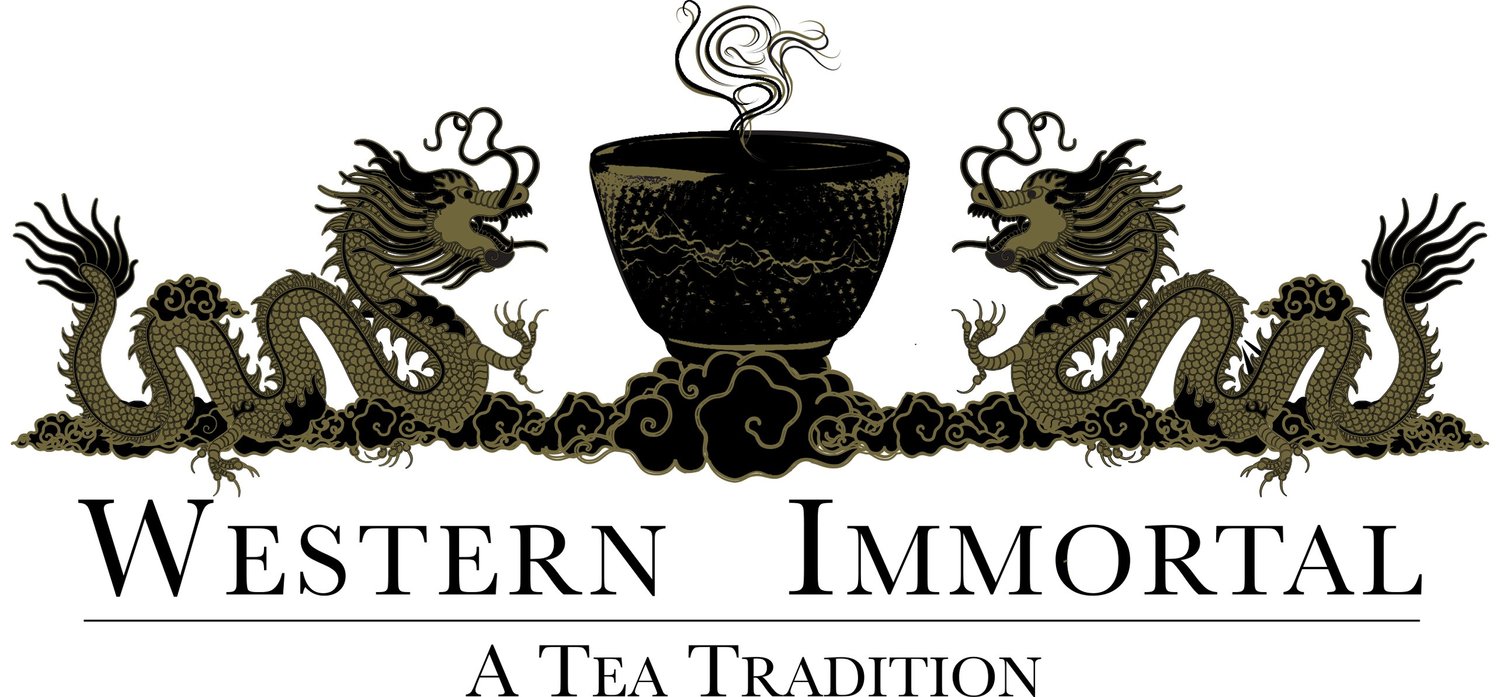Premium Genmaicha
Origin: City of Yame in Fukuoka prefecture, Japan
Temp: 190 F / 87 C
Steeping Time: 1 - 1.5 minutes
Measure: Modern Method: 1 teaspoon per cup / Traditional method: 3g per cup (6 - 8 ounces of water).
Taste: Slightly toasted nutty flavor with semi-sweet vegetal undertones.
Benefits: May help regulate thyroid due to the selenium in the tea, brings peace of mind, may help balance blood sugar, and may help with digestion.
2 ounces = 15-20 cups of tea
Buy a pound (16 oz), get 10% off
Origin: City of Yame in Fukuoka prefecture, Japan
Temp: 190 F / 87 C
Steeping Time: 1 - 1.5 minutes
Measure: Modern Method: 1 teaspoon per cup / Traditional method: 3g per cup (6 - 8 ounces of water).
Taste: Slightly toasted nutty flavor with semi-sweet vegetal undertones.
Benefits: May help regulate thyroid due to the selenium in the tea, brings peace of mind, may help balance blood sugar, and may help with digestion.
2 ounces = 15-20 cups of tea
Buy a pound (16 oz), get 10% off
Origin: City of Yame in Fukuoka prefecture, Japan
Temp: 190 F / 87 C
Steeping Time: 1 - 1.5 minutes
Measure: Modern Method: 1 teaspoon per cup / Traditional method: 3g per cup (6 - 8 ounces of water).
Taste: Slightly toasted nutty flavor with semi-sweet vegetal undertones.
Benefits: May help regulate thyroid due to the selenium in the tea, brings peace of mind, may help balance blood sugar, and may help with digestion.
2 ounces = 15-20 cups of tea
Buy a pound (16 oz), get 10% off
Genmaicha is traditionally a mixture of pure sencha or bancha (coarse tea) and toasted rice. Our Genmaicha is made by mixing toasted rice and premium green tea from Fukuoka prefecture. Its heavenly aroma and light nutty flavor are especially enjoyable. It is said the life of this tea is in its aroma. To effectively bring out the aroma, it is recommended to pour hot water into the pot in a strong, rapid stream.
Genmaicha was invented in the 1920s, and there are various theories regarding its inception. One common belief is that in old Kyoto, Genmaicha was considered a drink for poor farmers and city dwellers who couldn’t afford expensive blends. It is said that monks, soldiers, and those who were recovering from illness all turned to Genmaicha for inexpensive liquid nutrition in times of need or fasting. Kyoto was the birthplace of Genmaicha, where legend tells of a tea farmer who mixed roasted brown rice in with his cheapest blends so that poor people could afford tea and get some extra vitamins and minerals along with their drink. Despite this theory being widespread, it is controversial, and the origin remains contentious.
In modern times, Genmaicha has won over the entire population and is now a popular drink. Most green tea in Japan is pure, except for Genmaicha, which adds toasted rice to the purity of green tea. A deliciously satisfying tea!










